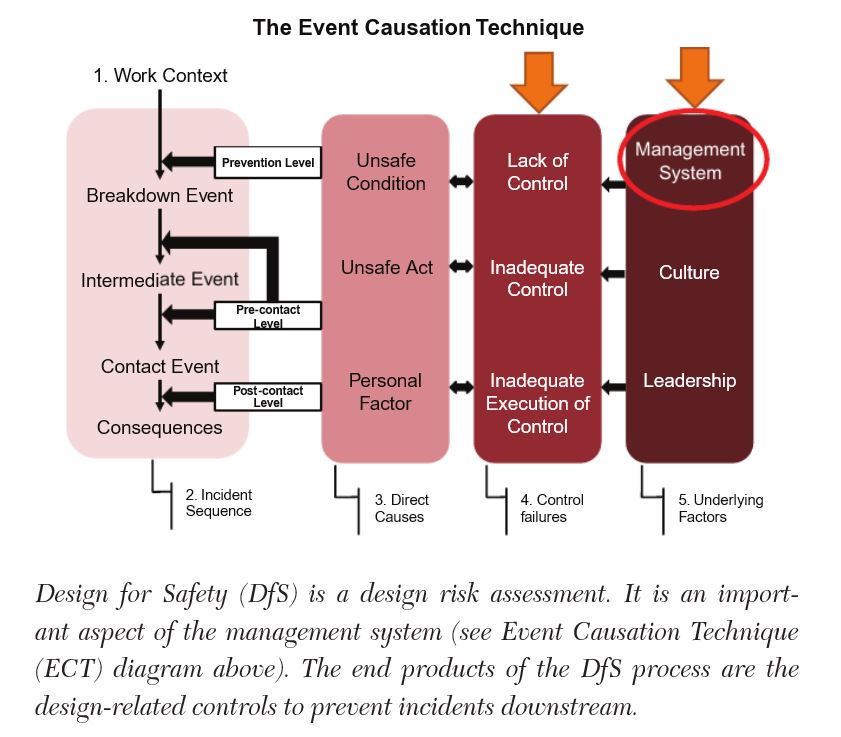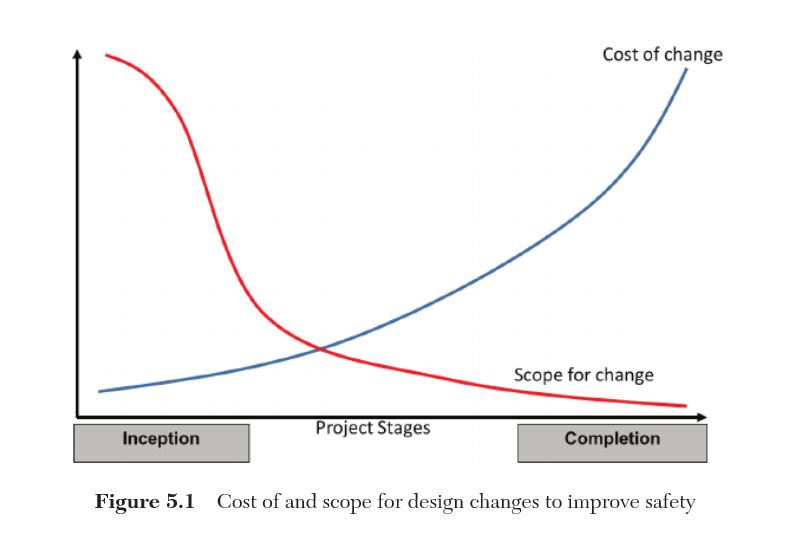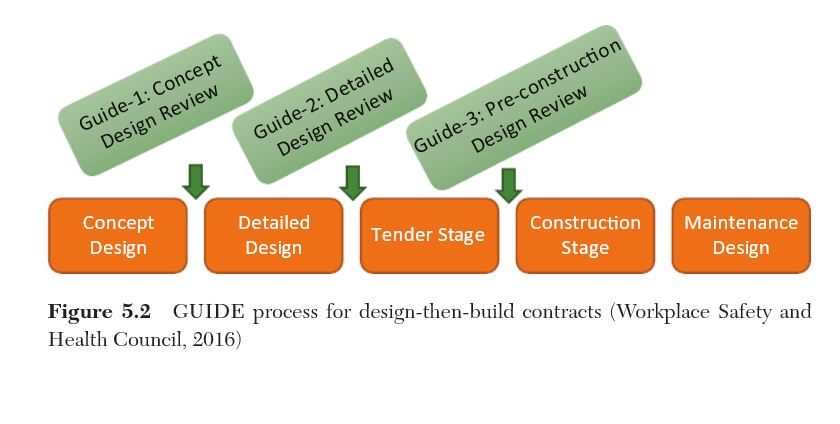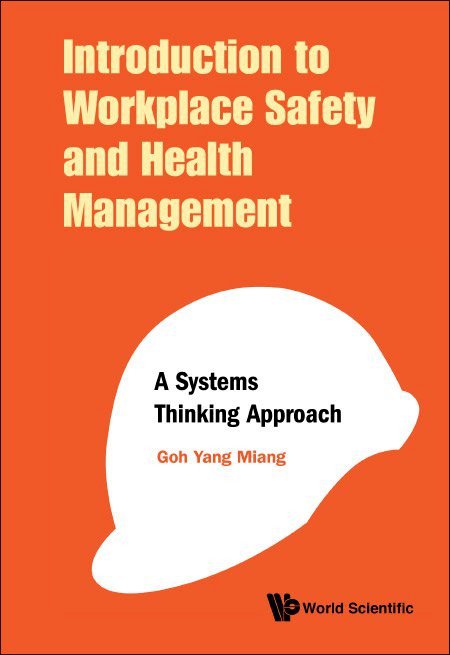System Upgrade on Tue, May 28th, 2024 at 2am (EDT)
Existing users will be able to log into the site and access content. However, E-commerce and registration of new users may not be available for up to 12 hours.For online purchase, please visit us again. Contact us at customercare@wspc.com for any enquiries.
Workplace safety and health (WSH) is an important area of any business or organisation. A serious accident or ill health incident can cause much suffering and distress to workers, co-workers, and the victims' family and friends. In addition, the organisations involved in the WSH incident will have to manage negative consequences including increase in insurance premium, lost time and delays, morale issues, union and community protests, and reputation losses. On the other hand, good WSH can lead to organisational excellence.
This book takes a systems-thinking approach to allow readers to understand how WSH is an integral part of any organisation. The different chapters are strung together by an overarching model of incident causation and underpinning models are presented to allow a strong conceptual foundation. Practical WSH knowledge are also discussed in relevant chapters to ensure that beginners have an introduction to the fundamentals of WSH hazards and controls. Besides the strong emphasis on conceptual framework, readers will also be exposed to the details of a WSH management system and practical WSH processes, hazards and controls. A series of online quizzes are available to readers to help them to reinforce the concepts of each chapter.
Undergraduates and post-graduates will benefit from the systematic introduction to the foundations of WSH management. Practitioners will strengthen their conceptual understanding and widen their perspective by re-visiting the foundations of WSH management through a systems-thinking lens.



Introduction
Incident Causation
Incident Investigation
Incident Investigation
Risk Management
Risk Management
WSH Management System
WSH Management System
Safety Culture
Design for Safety
WSH Legislations
Sample Chapter(s)
Chapter 1: Introduction
Contents:
- Introduction
- Incident Causation
- Incident Investigation
- Workplace Safety and Health Risk Management
- Design for Safety
- Overview of Workplace Safety and Health Management Systems
- Safety Culture and Leadership
- Improving Safety Culture
- Overview of WSH Legislations
- Accident Case Studies
Readership: Professionals and students (undergraduate and above) concerned with or studying workplace safety and the management of worker and overall workplace health.


























